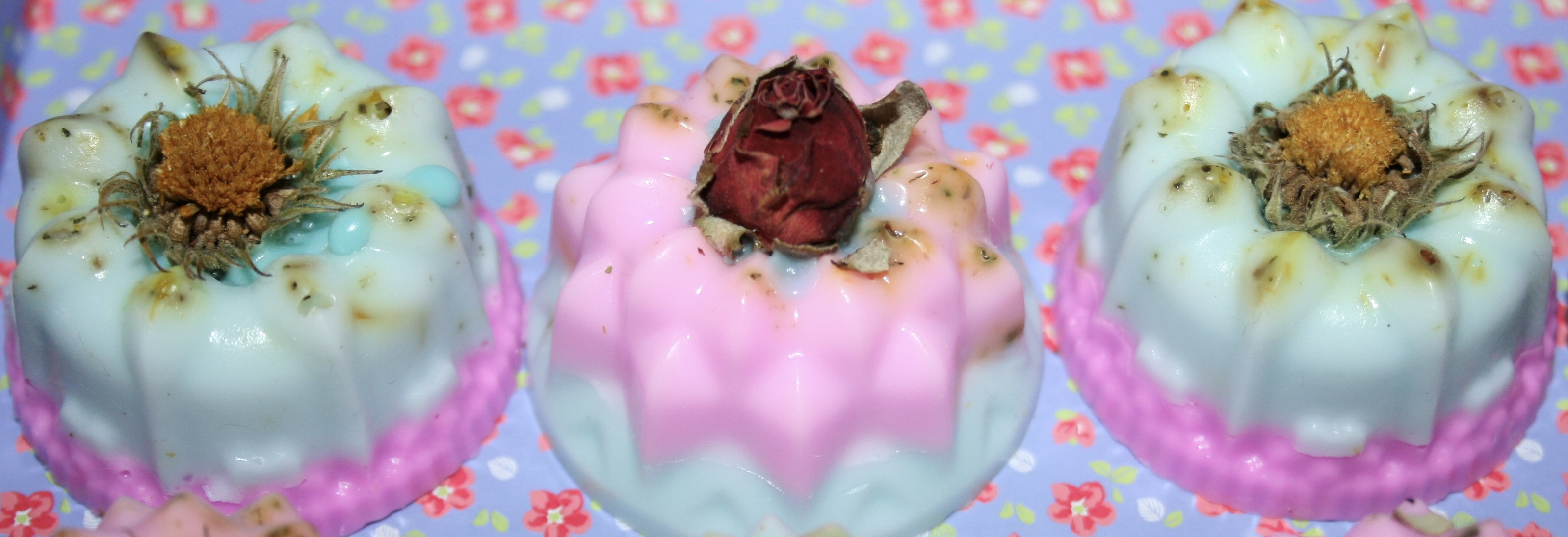Dear friends, today I’ll show you how to make soap in the kitchen.
You can make your soap as complicated or as simple as you like. The advantage of making your own soap is that you can make it with the ingredients that you choose and the fragrances that you like. I didn’t paid too much attention on weighting the ingredients as most soap makers do, I just converted the ingredients to slices when I refer to the main ingredient – glycerin soap of 2 types – opaque and clear which I bought in 500 g blocks each. It’s much easier and you get the same results i guess. Also the quantity of fragrances and the intensity of the soap color is on your own chose.
Use equipment that will not be used for cooking.Stainless steel, tempered glass and enamel are all good choices for mixing bowls. Some plastics may melt, so don’t use plastic bowls. For molds, you can get soap molds at your local craft store or use silicone baking pans as I did. These are great because you can peel the mold right off. You will also need newspaper, an old towel, and any additions you want to add to the soap.
I added dried herbs as Lavender, marigold flowers, mint and roses. Used natural soap colors and soap fragrance oils. What I used for 18 small soaps with a diameter of 4 to 2.5 cm:
What I used for 18 small soaps with a diameter of 4 to 2.5 cm:
* 400 g glycerine soap without constituents of animal origin, skin friendly, dermatologically tested, no tests on animals, PH-value 9
* peppermint and lavender soap fragrance oils
* lilac and green soap colours
*dried lavender, mint, marigold flowers and roses
 Instructions:
Instructions:
1. Cut in small pieces the quantity wished of transparent or opaque glycerin soap, put it in an adapted container and melt it into the microwave (at middle temperature, app. 45 sec.) or over hot water. (Do not boil – maximum temperature 60°C)
Caution: Scald danger. Stir at times in order that the soap melt homogeneously.
The liquid soap can be mixed with additives such as Foam Concentrate, aloe vera etc. so as to obtain a high quality, individual soap product.
2. Add natural perfumed oils and natural pigments as you like
3. After adding these ingredients, fill the liquid soap immediately in the prepared plastic or silicone mould.
Tip: First fashion the mould with decoarative elements (for example small objects or dried leaves, flowers etc.). Then pour the glycerine soap into it. Pouring in layers is also possible.
4. Once it has cooled down (10 to 30 minutes), you can take off the finished soap bar.
Have fun making your own soap!


 Please follow Kreativ Løve on Facebook too. Thank you.
Please follow Kreativ Løve on Facebook too. Thank you.

